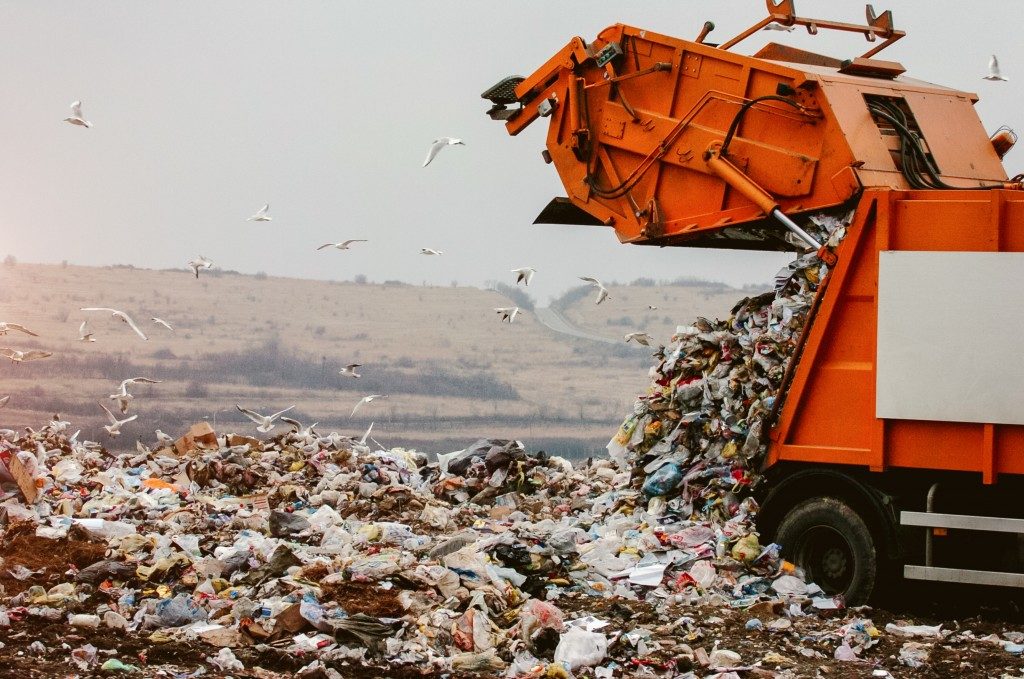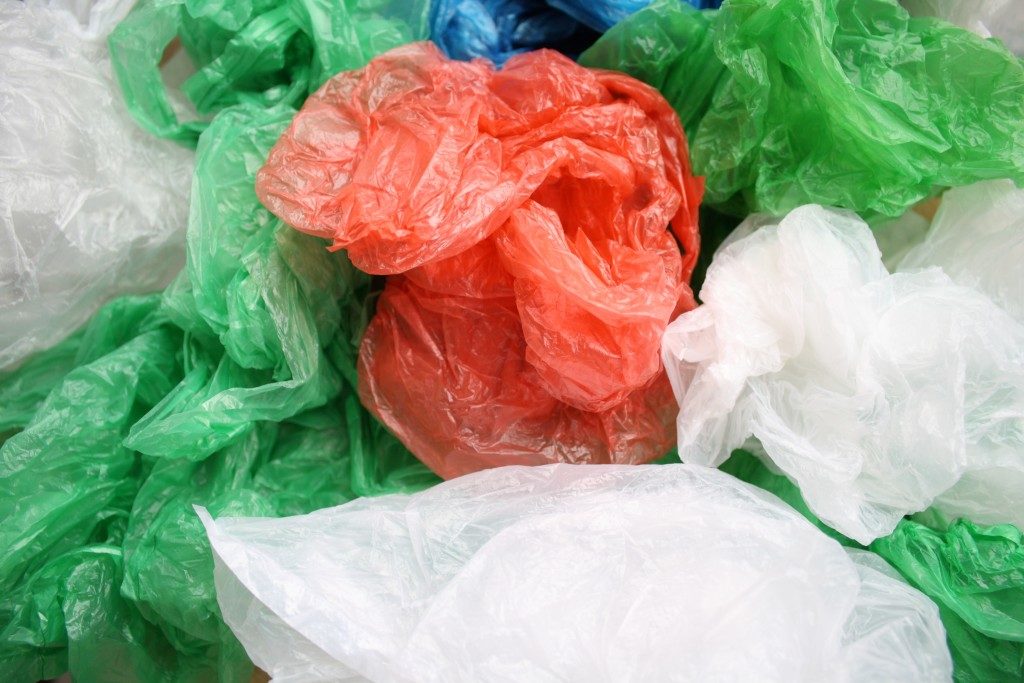We can’t deny that disposable plastic containers have made life easier for every homeowner. You can store leftover food in them and then throw them away the next day. There’s no need to wash them or leave them in the dishwasher. It saves a lot of time for people who barely have six hours to sleep. It’s convenient. It’s cheap. It’s a wonder material that people have been obsessed with since the 1950s.
But it’s also dangerous to the environment. Unless people learn plastic waste recycling, the environment will continue to suffer. It suffers at the expense of the convenience of disposable cups and containers that restaurants use for their takeout food. The environment suffers from plastic bags people use when they shop.
There is a call around the world against the use of plastic in everyday lives. Fast-food chains have stopped offering plastic straws for their drinks. Households are investing in reusable containers instead of those disposable plastic ones. People are using reusable cups for their coffee fix. But these actions are not enough.
The Numbers

Since the 1950s, the world produced more than 8.3 billion metric tons of plastic. About 80% of the plastic produced around the world over the last seven decades were thrown away. They were disposed of in landfills or thrown away in the global environment. Only 9% of the plastic materials were recycled. The rest were incinerated, which adds to air and land pollution.
Plastic was made to last forever. A disposable diaper will take hundreds of years before it decomposes. The same goes for many plastic materials in the world. If people used plastic during the Mayflower, their trash would still be around. That is how durable and non-biodegradable plastics are.
Scientists said that more than eight million tons of plastic go to the ocean every year. At this rate, there will be more plastic than fish in the sea by 2050. Today, some 50 trillion microplastic particles are in the sea. That’s 500 times more than the number of stars in the galaxy.
No place on the planet doesn’t have plastic. Even the most exotic and protected areas of the Earth have plastic. The Arctic has 300 billion pieces of plastic, and the uninhabited Henderson Island in the Pacific has the highest concentration of plastic pollution in the world. There is no escaping it.
The plastic waste you generated in New York will one day find itself in the middle of Antarctica. The land, air, and sea carry plastic waste to other areas of the world. When you consume plastic in your house, it doesn’t stay there. It has a direct impact on the degradation of the environment all over the world.
It is time to make a stand against the production and the use of plastic materials. While it is tough to live a plastic-free life, people must start doing it now. There is still hope that one day, the generations after you will see this world as beautiful as you’ve seen it growing up.



